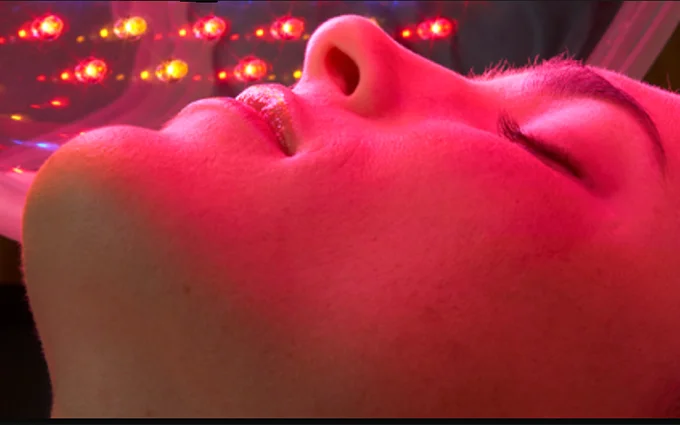About LED therapy
While LEDs (Light Emitting Diodes) are now widely recognized as emerging light sources for general illumination, it turns out that LED lighting can also enable a broad range of life-science-centric applications. The American Academy of Dermatology has identified a number of uses for LED lighting in skin-related therapies. LEDs are significant biologically because they can modify the function of mitochondria within cells. In the same way that plants use chlorophyll to convert sunlight into plant tissue, LEDs can trigger natural cellular photobiochemical reactions in the skin.
How do LEDs work?
LEDs offer a totally natural, non-ablative method for skin rejuvenation. The light from medical grade LEDs interacts with cells and stimulates them to produce new collagen and elastin. Studies confirm that the same LED energy can be used to affect collagen formation, which can be helpful in the treatment of scars. By manipulating the wavelengths, cells metabolism can be turned on and off, improving the blood flow, modulating inflammatory factors and proteins necessary to prolong the life of skin cells.
Which skin problems benefit from LED Therapy?
Scar Prevention: Red/Near-Infrared Light
Wound Healing: Red/Near-Infrared/Visible Light
Acne: Blue Light
Rosacea and Redness: Red Light
